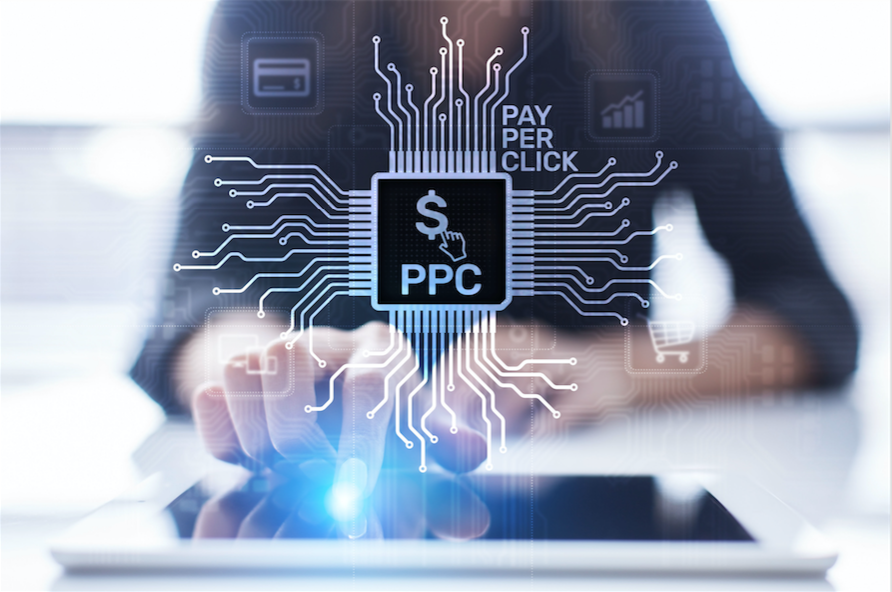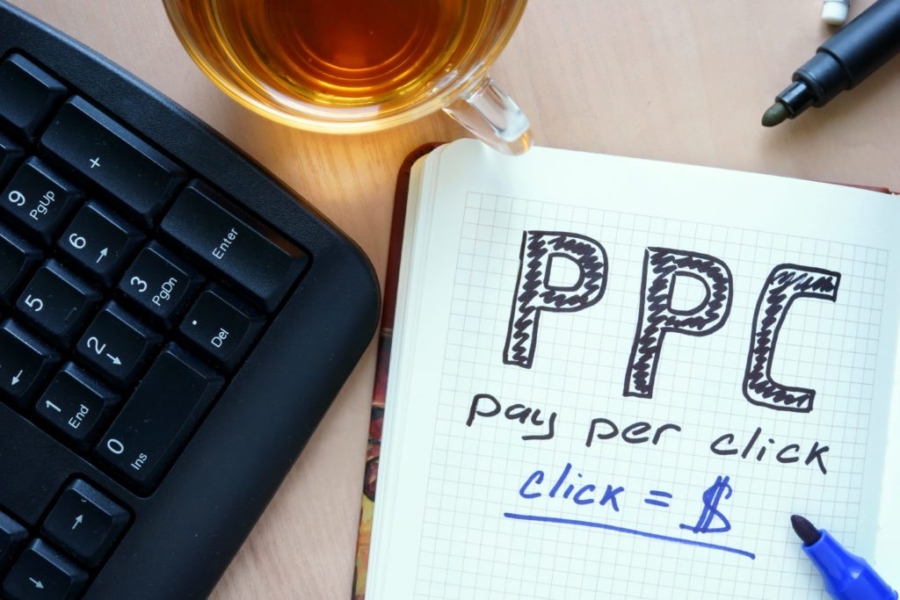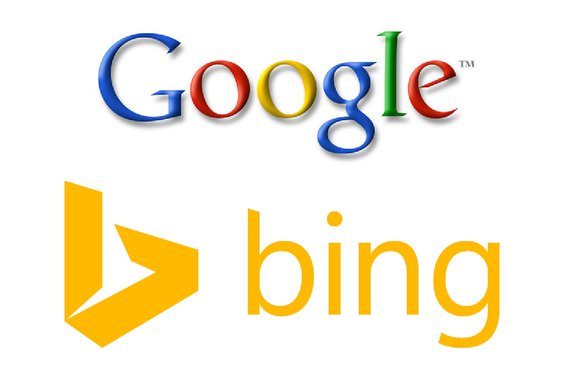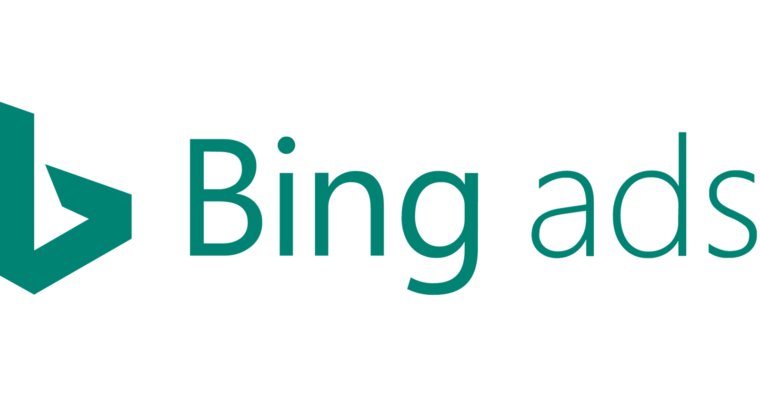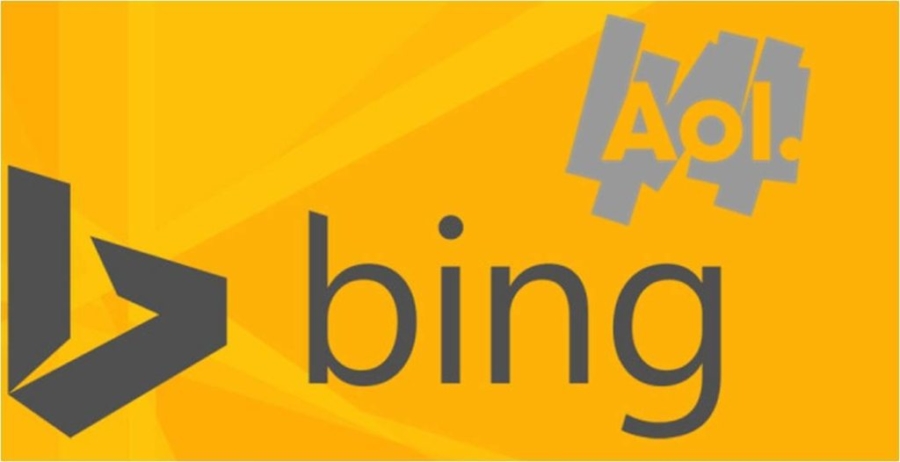The behavior of customers has completely changed making local search relevant and on the map. More and more consumers realize the ease and opportunity of online search and purchase due to restrictions on movement in the pandemic
- Home
- Tag: Bing Ads
Effective paid search strategies are difficult to get right. You may have problems with budget, creative content, channel decisions and more. However, one of the biggest problems marketing departments have with the effective search engine advertising is
Although running successful digital marketing campaigns can be beneficial for many industries, there are some in particular where ROI is much more substantial. It's almost an "adapt or die" scenario for companies within certain industries in an
1.) Define Key Performance Indicators Not all KPIs are created equal. When starting an advertising campaign, make sure to clearly state which metrics are most important to you. Do you want to focus on conversations, or reach?
When weighing out your options for SEM and how to most effectively spend ad dollar, analyzing the benefits of using Google AdWords and Bing Ads is a great starting point. The common assumption is that Google AdWords
Bing has announced support for Review Extensions, improvements in audience association creation for your Remarketing in Paid Search campaigns, and better keyword import in their latest Bing Ads Editor release: v11.10. The changes enhance functionality, add
The move is now official: Bing has taken over serving search results and ads for AOL from Google. Initially announced in June 2015, the 10-year deal affects all AOL search traffic worldwide and on all devices. Here’s a look


